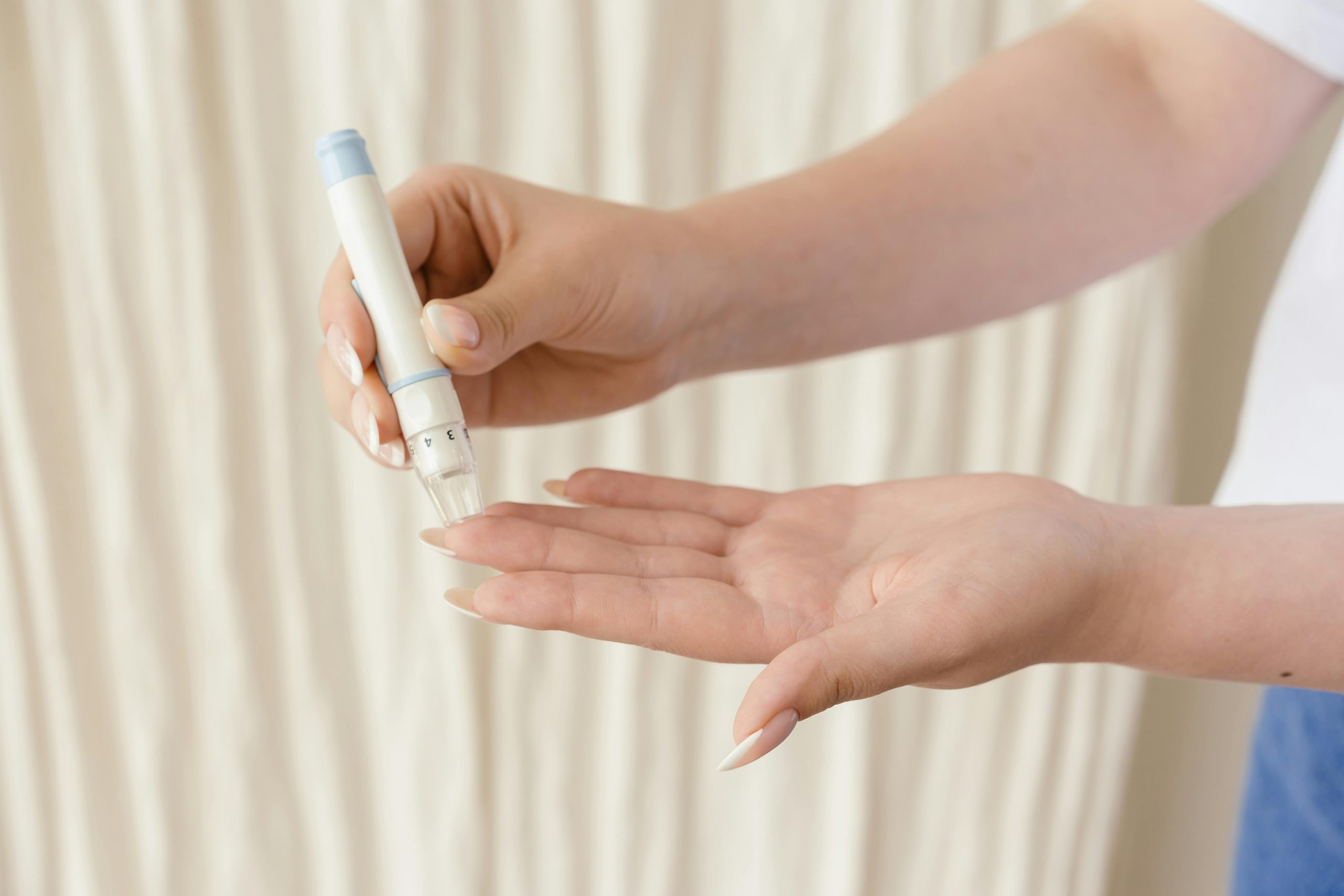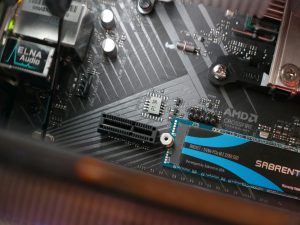The Critical Role of Cybersecurity in Today’s Connected Devices
Welcome to the digital age, where everything is connected and easily accessible. Our smartphones, laptops, smart TVs, and even household appliances are now interconnected through the internet. This connectivity has undoubtedly made our lives easier and more convenient, but it has also opened up a whole new world of vulnerabilities and threats. In this rapidly evolving technological landscape, cybersecurity has become a critical aspect of protecting our connected devices and ensuring our personal and sensitive information remains safe from malicious attacks.
The Ubiquity of Connected Devices
From healthcare systems to transportation, and from banking to agriculture, connected devices have revolutionized every industry and continue to do so at an unprecedented pace. According to Statista, the total number of connected devices globally is projected to reach a staggering 50 billion by 2025. This means that almost every aspect of our lives will be digitized and connected, making cybersecurity an essential requirement for the smooth functioning of our daily activities.
The Vulnerabilities of Connected Devices
The rapid adoption of connected devices has brought with it a whole new set of security risks and challenges. These devices are often designed with functionality and user experience in mind, prioritizing ease of use over security measures. This makes them highly vulnerable to cyber threats such as data breaches, ransomware attacks, and remote takeovers.
Another major vulnerability of connected devices is their lack of regular software updates and patches. As these devices become outdated, they are often no longer supported by manufacturers, leaving them exposed to vulnerabilities and unrecoverable from attacks.
The Consequences of Inadequate Cybersecurity
The consequences of inadequate cybersecurity measures for connected devices can be severe. Data breaches can result in the exposure of sensitive information such as personal details, financial records, and healthcare data. Ransomware attacks can cripple entire systems, causing significant financial losses and disrupting the smooth functioning of critical services. Moreover, a compromised connected device can be used as a gateway to infiltrate other devices and networks, potentially causing even more damage.
The Critical Role of Cybersecurity in Protecting Connected Devices
As the number of connected devices continues to rise, it is crucial to prioritize cybersecurity to protect our personal information and sensitive data. Robust cybersecurity measures can safeguard against a wide range of cyber threats and vulnerabilities. Some essential steps towards ensuring the security of connected devices include:
1. Strong Passwords
Always use strong, unique passwords for all your connected devices and change them regularly. Consider using a password manager to generate and store complex passwords.
2. Regular Software Updates
Make sure to install updates and patches as soon as they become available for your connected devices. This will help protect them against known vulnerabilities and keep them running smoothly.
3. Network Security
Secure your home or office wifi network with a strong password and regularly change it. Also, consider using a VPN for an added layer of security when connecting to public networks.
4. Two-Factor Authentication
Enable two-factor authentication (2FA) whenever possible, as it adds an extra layer of security by requiring an additional code to access your devices or accounts.
5. Cybersecurity Awareness
Stay informed about the latest cybersecurity threats and educate yourself on how to spot them and avoid falling victim to them. Phishing and social engineering are common tactics used by hackers, so it is essential to remain vigilant at all times.
The Future of Cybersecurity for Connected Devices
As connected devices continue to dominate our lives, the future of cybersecurity will have to keep pace with the rapidly evolving technology. The use of Artificial Intelligence (AI) and Machine Learning (ML) will play a crucial role in identifying and mitigating cyber threats before they can cause significant harm. Additionally, the implementation of stricter regulations and standards for connected devices will also ensure a higher level of security.
Conclusion
The critical role of cybersecurity in today’s connected devices cannot be emphasized enough. As we continue to embrace the digital world, it is essential to prioritize the security of our devices to protect our personal information and maintain the smooth functioning of our daily activities. By following best practices and staying informed about the latest threats, we can collectively work towards creating a safer and more secure digital environment for all.











